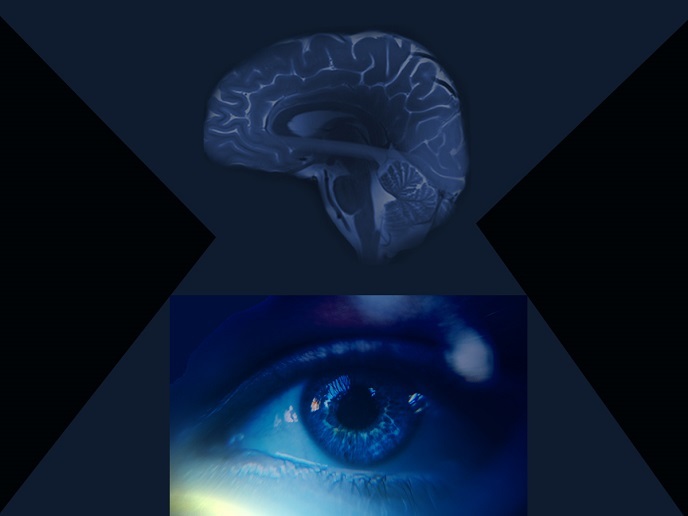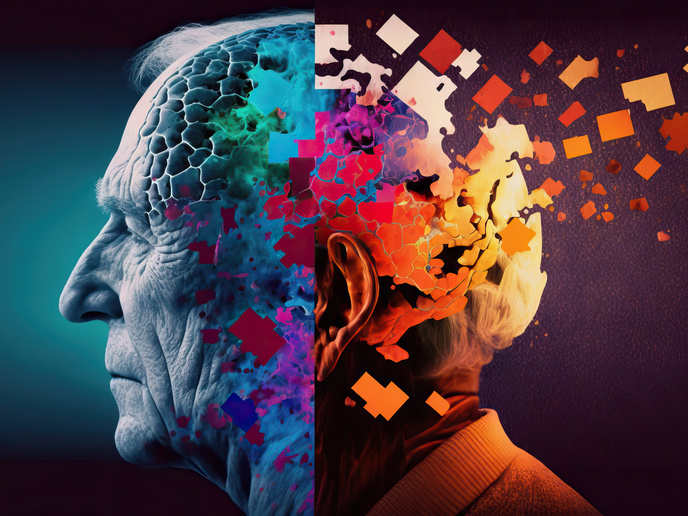The retina provides a unique ‘view’ of the brain
Approximately 6 out of 10 Europeans suffer from a neurological disease, the number one disease category causing disability globally(opens in new window). Since the prevalence of neurological diseases increases steeply with age and the aging population is growing, neurological diseases could increasingly impact individuals and place greater burden on healthcare systems. Early diagnosis and optimal monitoring are crucial for better disease management and delay of progression and disability. The EU funded Nocturne(opens in new window) project is making this possible with sophisticated analysis of common retinal scans.
Seeing ‘invisible’ symptoms
The optic nerve and retina are an embryological outgrowth of brain tissue. Ella M. Kadas, Nocturne project coordinator and founder and managing director of the SME Nocturne GmbH, explains: “With a similar cellular composition to brain tissue, the retina provides a unique opportunity to assess changes caused by neurological diseases. High-resolution 3D optical coherence tomography(opens in new window) (OCT) technology makes it possible for the first time to detect these changes in clinical settings. Nocturne has combined OCT with sophisticated AI-based image processing to detect specific retinal changes linked to certain diseases for early diagnosis and treatment.” Multiple sclerosis (MS) is an excellent example. Although the benefits of early diagnosis and effective treatment initiation(opens in new window) are enormous, the delay between first symptoms and diagnosis takes 2 years(opens in new window) on average, and a large percentage of patients is misdiagnosed(opens in new window). Now, Nocturne enables high-precision measurement of the changes in intraretinal layer thickness, a reliable correlate of axonal loss or neuroinflammation correlated with MS. Kadas continues: “We can measure swelling of the optic nerve head and changes in the macula(opens in new window), a critical region at the back of the eye, that may differentiate between diseases like MS and neuromyelitis optica spectrum disorders(opens in new window).” Early signs of retinal damage are also present in Parkinson’s and Alzheimer’s disease. Noctune’s technology has the potential to measure these changes.
Expanding service, generating attention
Neurologists, pharmaceutical companies and insurance companies are among the many beneficiaries of the new technology. The team is currently providing its technology as a service for hospitals and a large imaging centre, which send their OCT scans to Nocturne GmbH for analysis. In the long term, researchers envision the technology in the office of general practitioners or in elder care facilities. “We have eliminated the challenges of installing software and learning its functionalities. The user can start the application, select the OCT images, and push a button to start the analysis. The results are computed in minutes and delivered as a PDF report,” says Kadas. Nocturne has garnered numerous coveted prizes for start-ups(opens in new window) in Germany, Europe and internationally. The team is laying the groundwork for collaborations with OCT hardware manufacturers to integrate the software into new OCT devices. Kadas praises the dialogues with numerous individuals and companies and the contributions of her own team along her rewarding journey as a female entrepreneur and founder of a successful start-up. Kadas summarises: “Integrating established and widely available OCT devices with our AI-based software image analyses(opens in new window) can significantly improve the accuracy of initial diagnoses in relevant neurological diseases, speed treatment decisions and reduce the number of costly neurological tests. Taken together, Nocturne has the potential to delay disability significantly.”







